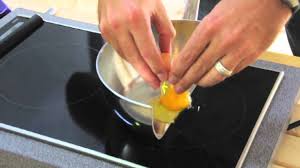For all the appeal of cooking with gas (a concept bolstered by aggressive lobbying and advertising from the natural gas industry), it is increasingly being shown to be bad or the environment, emitting greenhouse gases like methane into the atmosphere. A recent study demonstrated that 75% of these emissions occur when the stove is off.
The noxious fumes that get trapped in our homes are also harmful, especially for children. “For children who live in a home with a gas stove, the increased risk of asthma is on par with living in a home with a smoker,” said the study.
So just as someone might want to quit smoking, there’s a strong case to be made for kicking the natural gas habit.
Happily, there is induction, which uses electromagnets to efficiently heat cookware without the inherent pollution of fossil fuels like natural gas. Although induction technology has been around for decades and is established in Europe, it has yet to catch on extensively here. According to Consumer Reports, induction cooktops and ranges are installed in only under 5% of homes in the United States.
When chef Eric Ripert, renovated the kitchens of his apartment, he nixed the gas, instead choosing sleekly powerful induction cooktops by Miele and Gaggenau.
“After two days, I was in love,” Ripert said. “It’s so much more precise than watching a flame. You can really focus on your cooking and pay attention to what’s inside the pan, not what’s underneath it.”
Here’s a video demonstration: https://youtu.be/T3AI1eQ50iE





